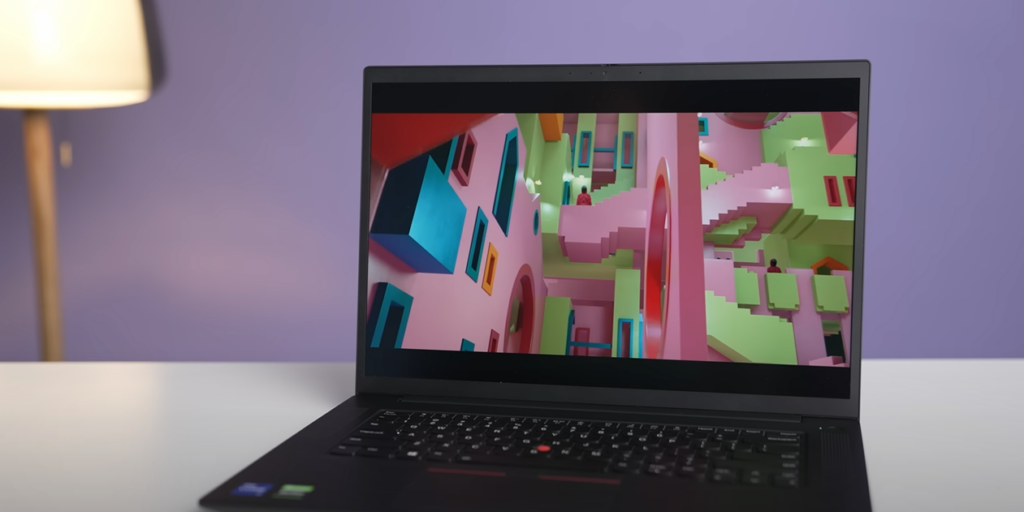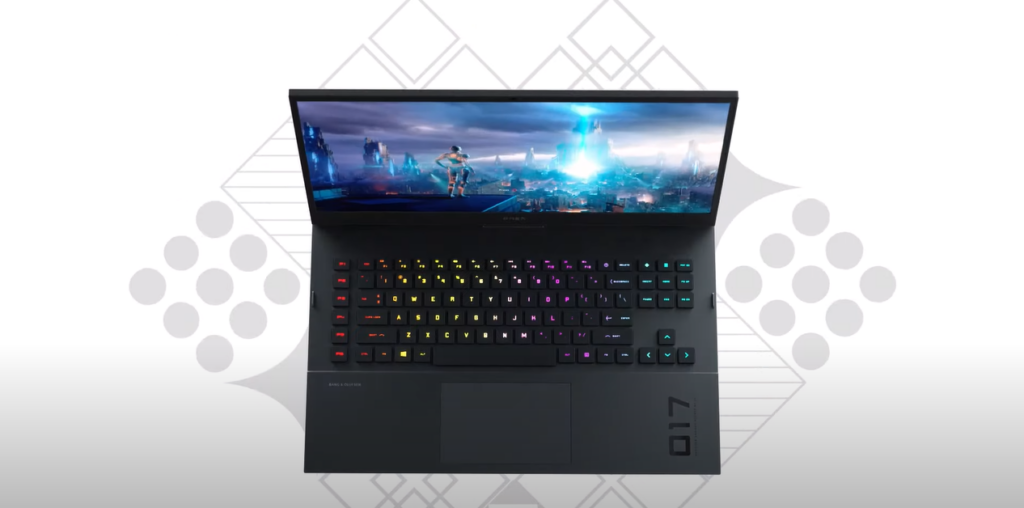
The Top Laptops for Game Developers in 2023
There’s a thriving world of game development today, where indie creators and AAA studios alike craft immersive experiences. With the right laptop, anyone can jump into the action and start creating their own gaming universes. This article will guide you through some of the best laptops for game development in 2023.
Choosing the Right Machine
The significance of the right laptop cannot be understated. Given the high-intensity requirements of the field, only the best hardware can ensure smooth operations, optimal performance, and an excellent development experience. To comprehensively discuss the five crucial aspects that you should consider when purchasing a laptop for game development: processor (CPU), memory (RAM), graphics (GPU), storage, and display.
The Processor: Heart of the Operation
At the core of a laptop lies the Central Processing Unit (CPU), the critical component that executes instructions and computations. When it comes to game development, having a high-performing CPU can make a difference between a seamless development experience and a sluggish, frustrating one.
For those in the realm of game development, it’s advisable to opt for high-performing, multicore CPUs. Intel’s i7 or AMD’s Ryzen 7 are suitable choices. These CPUs are designed to perform a high number of calculations per second, ensuring your game development tools run smoothly.
Let’s break down these two popular CPUs:
- Intel i7: Features up to 8 cores and 16 threads for rapid processing;
- Supports Intel’s Hyper-Threading Technology for efficient multitasking;
- Turbo Boost Technology for dynamic performance adjustment based on workload;
- AMD Ryzen 7: Comes with up to 8 cores and 16 threads, similar to its Intel counterpart.
Uses simultaneous multi-threading (SMT) for optimal task distribution and execution
Precision Boost 2 technology for adjusting performance to suit the load
Remember, while more cores and higher clock speeds can increase performance, they can also lead to increased heat generation and power consumption. Therefore, it’s crucial to ensure that your laptop also has efficient cooling mechanisms.
Memory: Powering the Tools
The next critical factor is Random Access Memory (RAM), which temporarily stores data that the CPU can quickly access. For game developers, ample RAM is necessary, given the resource-intensive nature of game development software like Unity, Unreal Engine, or Blender.
Aiming for a minimum of 16GB RAM is a good starting point, though 32GB is recommended for more intensive tasks, such as rendering complex 3D environments or handling multiple applications simultaneously. Here’s a simple comparison:
- 16GB RAM: Suitable for basic to intermediate game development;
- Can handle most game engines without issues;
- Ideal for smaller projects and indie game development;
- 32GB RAM: Designed for complex and high-intensity tasks. Can manage larger game development projects and professional-grade software. Best for AAA game development and 3D modelling.
Graphics: Visualizing the Game
The Graphics Processing Unit (GPU) is another essential component, especially for 3D game development. It handles rendering graphics and image processing, which can be particularly intensive when creating and testing 3D game models and environments.
In terms of GPUs, NVIDIA’s RTX series or AMD’s Radeon RX series come highly recommended due to their powerful performance and dedicated features for developers:
- NVIDIA RTX Series: Offers Ray Tracing for realistic lighting and shadow effects;
- Features AI-based DLSS for optimal performance;
- Has CUDA cores for parallel processing, beneficial for tasks like 3D rendering;
- AMD Radeon RX Series: Supports RDNA 2 architecture for efficient performance. Provides Ray Accelerators for hardware-accelerated ray tracing. Offers Infinity Cache for higher bandwidth at lower power.
Storage: The Backbone of Development
Storage is the component where all your game files, assets, and software are stored. As such, having fast and ample storage can significantly impact your game development experience.
In 2023, Solid State Drives (SSDs), particularly those with NVMe technology, are the go-to options for developers due to their faster read/write speeds compared to traditional Hard Disk Drives (HDDs). A minimum of 512GB SSD is advised, though a 1TB SSD is more future-proof and allows for more extensive projects:
- 512GB SSD: Suitable for smaller projects. Allows for several installed game development tools. Adequate for indie developers or students;
- 1TB SSD: Ideal for larger, more demanding projects. Provides ample room for multiple high-resource software installations. A must-have for professional developers or development studios;
- Display: The Canvas of Creation. Finally, the display plays a pivotal role in the game development process. It’s the platform where developers bring their imagination to life, hence requiring high resolution and color accuracy.
When it comes to choosing a laptop for game development, opt for one with at least a Full HD (1920×1080) screen. Some developers might find more value in 4K resolution screens, especially for high-end game development that demands ultra-realistic graphics. Here’s why:
- Full HD (1920×1080): Provides adequate detail for most game development tasks. Helps in spotting minor errors or flaws in design. More energy-efficient than higher resolution displays;
- 4K UHD (3840×2160): Offers four times the detail of Full HD. Excellent for high-end, realistic game development. Provides more workspace and better color accuracy.
Lenovo ThinkPad X1 Extreme Gen 4

The Lenovo ThinkPad X1 Extreme Gen 4 is a fantastic workstation for game development. It boasts an Intel i9-11900H, 64GB DDR4 RAM, and a 2TB SSD, rendering it a top-tier contender in performance. Moreover, its NVIDIA GeForce RTX 3080 GPU supports high-end graphics workloads, a requirement in today’s game development landscape.
Key Features:
- 16″ 4K UHD Display with HDR;
- Intel i9-11900H CPU;
- NVIDIA GeForce RTX 3080 GPU;
- 64GB DDR4 RAM;
- 2TB SSD.
This laptop’s 16-inch 4K UHD display offers an exquisite 3840 x 2160 resolution, allowing you to design games in extreme detail. With HDR (High Dynamic Range) support, it delivers stunning visual quality that game developers will love.
Furthermore, the ThinkPad X1 Extreme Gen 4 flaunts Dolby Vision, Dolby Atmos Speaker System, and dual far-field mics, providing a high-quality audio-visual experience. Its backlit keyboard has a larger touchpad and TrackPoint navigation, enhancing user experience. This is an often overlooked feature that can greatly impact productivity in game development sessions.
As for its physical design, the ThinkPad X1 Extreme Gen 4 is thin and light, making it portable. The all-aluminum chassis provides a sleek aesthetic and durability, withstanding the pressures of constant use. It also has numerous connectivity options, including Thunderbolt 4, USB-A 3.2 Gen 1, HDMI 2.1, SD Card Reader, and an audio jack.
The ThinkPad X1 Extreme Gen 4 is equipped with a sophisticated thermal management system. This includes a hybrid cooling system and a dual fan design, preventing the laptop from overheating during intense gaming sessions. This is of crucial importance to game developers as overheating can slow down performance and damage internal components.
Lastly, it provides advanced security features like a match-on-chip fingerprint reader, ThinkShutter webcam privacy, and a Kensington lock slot. While not directly related to game development, these features are beneficial for overall security and privacy.
HP Omen 17

The HP Omen 17 is another top pick, combining high performance with affordability. Powered by an Intel i7-11800H, 32GB DDR4 RAM, a 1TB SSD, and an NVIDIA GeForce RTX 3070, it’s a high-end gaming laptop that also excels in game development tasks.
Key Features:
- 17.3″ Full HD Display with 144Hz refresh rate;
- Intel i7-11800H CPU;
- NVIDIA GeForce RTX 3070 GPU;
- 32GB DDR4 RAM;
- 1TB SSD.
The Omen 17 features a 17.3-inch Full HD (1920 x 1080) IPS display with a 144Hz refresh rate. This offers a smooth visual experience that’s perfect for developing fast-paced games. Plus, its 300 nits brightness ensures that the display is bright and clear, while the 100% sRGB color gamut guarantees accurate colors, critical for graphic design.
The Omen 17 also comes with an RGB backlit keyboard, adjustable in the Omen Gaming Hub, a highly customizable feature for those who love to personalize their workstations. Additionally, it has a large, smooth touchpad that supports multi-touch gestures.
This laptop has a robust build quality, with a metal lid and plastic base. It’s slightly bulky but compensates with a robust cooling system, necessary for long coding and testing sessions.
The HP Omen 17 features a comprehensive port selection, including Thunderbolt 4, USB Type-A, HDMI 2.1, Mini DisplayPort, RJ-45, SD card reader, and audio jack. This allows for a wide range of external connections, such as secondary displays, mice, keyboards, and other peripherals.
In terms of security, the Omen 17 has a webcam kill switch and a dedicated microphone mute button, allowing users to protect their privacy while not in use.
Conclusion
A top-notch laptop for game development should be a balance between a robust CPU, GPU, ample RAM, SSD storage, and a high-quality display. The Dell XPS 17, Apple MacBook Pro, ASUS ROG Zephyrus G15, Lenovo ThinkPad X1 Extreme Gen 4, and HP Omen 17 are among the best laptops for game developers in 2023. Keep in mind that your laptop choice should also align with your budget, software requirements, and personal preferences.
FAQ
Absolutely. Gaming laptops usually come equipped with powerful CPUs, GPUs, and ample RAM, making them perfect for game development.
While not strictly necessary, an external monitor can provide extra screen real estate, useful for multi-window work such as coding, asset creation, and testing. High-resolution monitors can also provide a more detailed view of game graphics.
The GPU is highly important, especially for 3D game development. It handles rendering graphics and performs calculations related to visual effects, lighting, and shadows.
Most game development tools require a lot of RAM. While 16GB may suffice for smaller projects, 32GB or even 64GB is recommended for larger, more complex games.
While the specific model is more important than the brand, some brands known for their powerful laptops include Apple, Dell, ASUS, HP, and Lenovo.